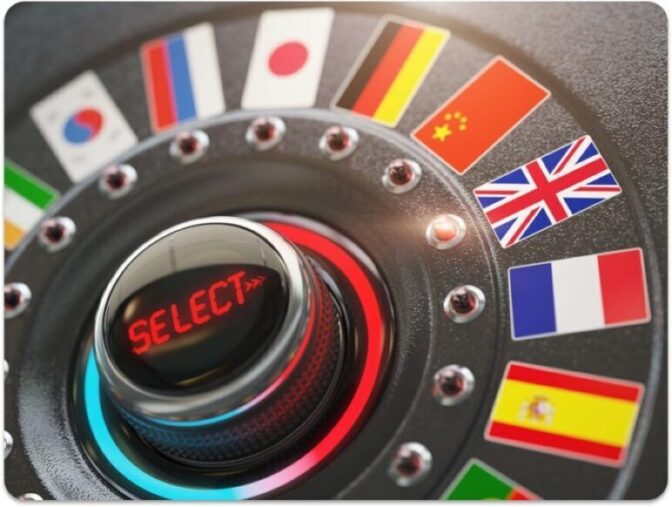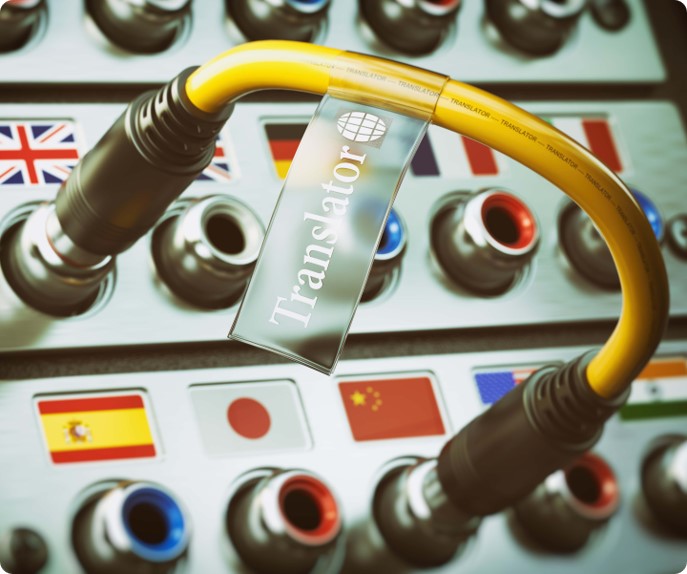Spoken by 0.21% of the UK's Population
6 Million Native Speakers
Danish Translation Services
We provide a Danish translation service which caters to councils, businesses, and courts across the country. Our Danish translators are highly qualified with years of experience with knowledge of specialised sectors and terminology, they can meet all your translation needs.
Danish Document Translation
Danish Legal Translations
Danish Technical Translations
Danish Interpreters
We also provide Danish interpreters for both face-to-face and remote appointments. All of our interpreters are qualified, experienced professionals. Get in touch today to find out how we can meet your language needs.
Danish Face-To-Face Interpreters
Danish Remote Interpreters
Drop Us a Line
Required fields are marked *
A Full Range of Language Services
We supply translators and interpreters to suit a range of business needs. Whether you need a specialist, who understands industry terminology, or an interpreter for a short notice video meeting, we work to ensure you have the right language support for your business.
The History of the Danish Language
Danish is a North Germanic language primarily spoken in Denmark, northern Germany, and Greenland. Danish evolved from the Old Norse language which was commonly spoken during the Viking period. The Germanic people living in Scandinavia spoke Old Norse, which over time divided into various dialects. The East Norse dialect group was spoken in Denmark and Sweden. By the middle ages, the dialect had separated into two distinct languages, Swedish and Danish.
While Old Norse was written in the runic alphabet, Danish was written using the Latin alphabet. Some of the earliest Danish texts were written laws created in the twelfth century and show us that there was no standardised language yet, with strong regional differences.
After the sixteenth century Danish began to become standardised, largely due to the invention of printing. The increase in written Danish along with a growing national identity reduced regional differences and created the standard language we have today.
Danish is the official language of Denmark and the co-official language of the Faroe Islands. Danish was also the co-official language of Greenland until 2009 and an official language in Iceland until 1944.
In Germany there is a notable number of Danish speakers near the border of Denmark. Because of this Germany has recognised Danish as an official regional language. Danish is also an official language of the European Union and the Nordic Council.
Beyond regions where Danish is recognised, it is spoken by minority communities across various countries. These communities can be found in Norway, Sweden, Canada, Spain, Brazil, Argentina and in the United States. In the United Kingdom the Danish speakers account for around 0.21% of the population.
Why Use Us?
We pride ourselves on offering our customers the best service possible.
Fast
Professional
Flexible
Secure
We Meet Tight Deadlines
We know how important deadlines are, so we work hard to meet even the tightest of deadlines.
We specialise in finding last minute interpreters, and in many instances, our translations take no longer than 48 hours to be returned. We have at times been able to provide same-day translations, and our linguists can provide sight-translations at appointments or in court.




Professional Qualified Linguists
Our team of linguists is composed of experienced, qualified individuals who work hard to meet your language needs.
Many of our linguists are registered with the Institute of Translation and Interpreting or the Chartered Institute of Linguists.
Our specialist linguists also possess additional sector specific training, experience or qualifications in their field.
Remote Service Options
- Zoom
- Skype
- Telephone
- Microsoft Teams
- Cloud Video Platform
- Conference Call (Complimentary)




Confidential and Secure
We ask that our linguists sign a code of conduct and data protection agreement, to ensure professionalism and compliance with GDPR regulations. Additionally, we only ever send documents by secure email so you can be sure that your data is safe with us.

